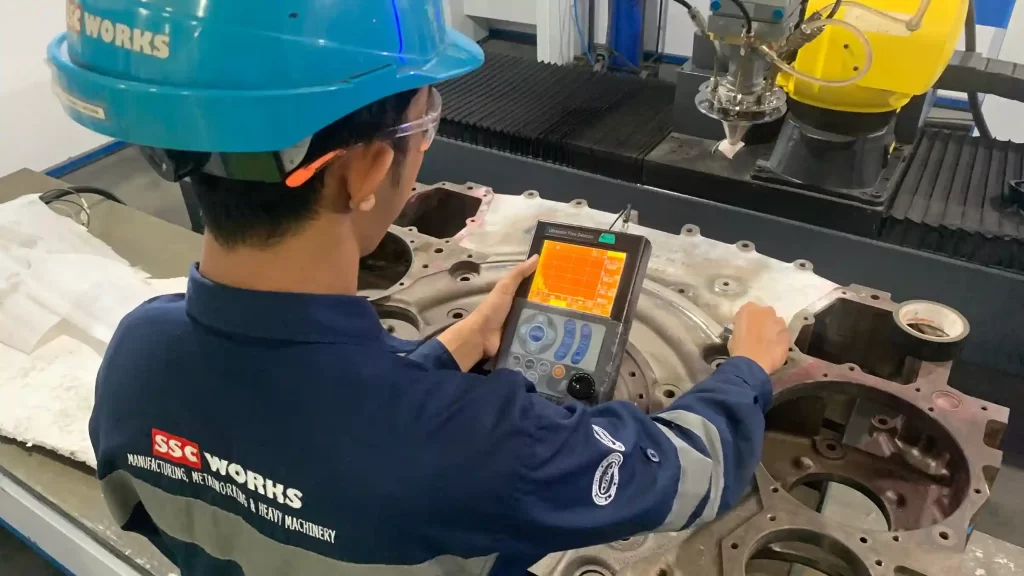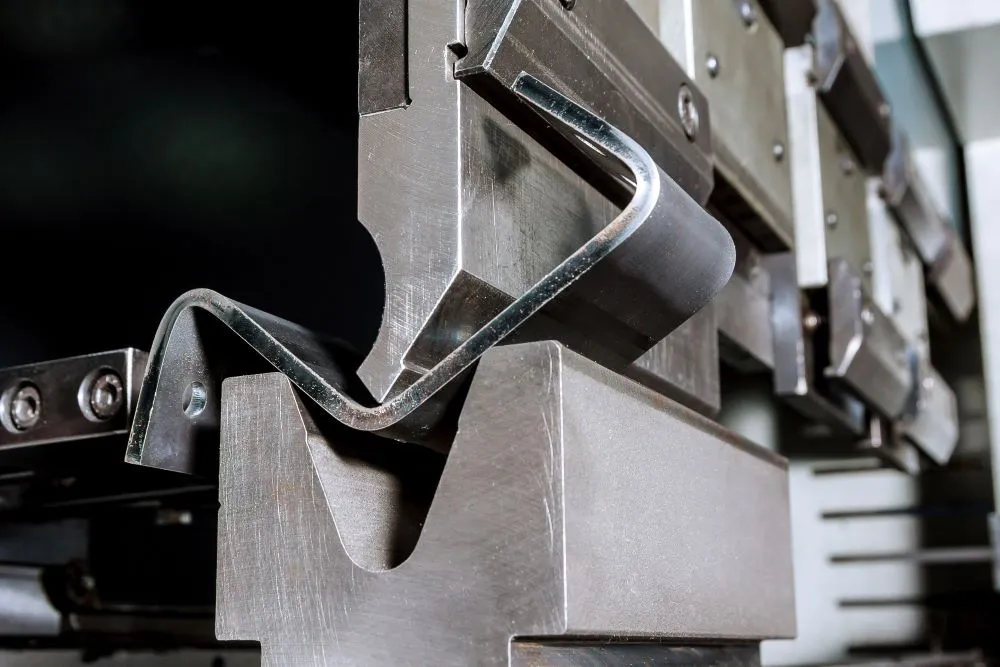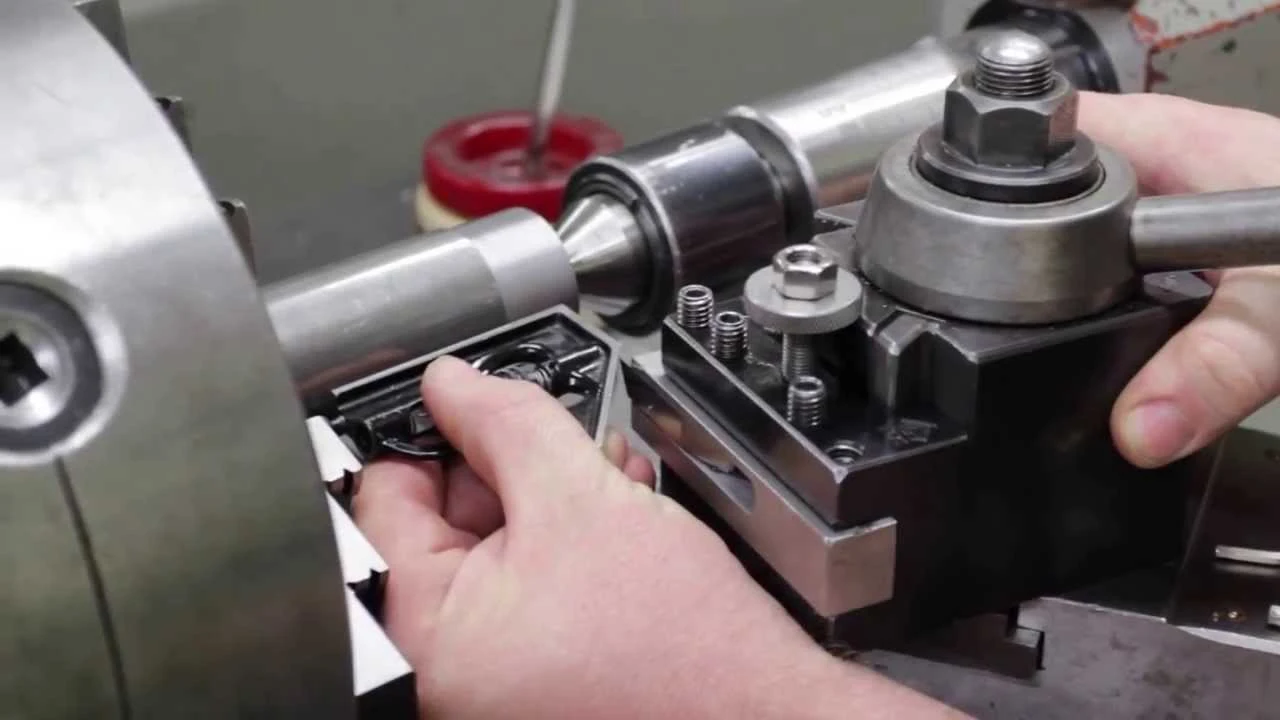Machining: Functions, Uses, Types, and Maintenance
Machining: Functions, Uses, Types, and Maintenance of Heavy Equipment
Machining is a crucial process in the manufacturing and repair industries, especially for heavy equipment. This process involves cutting techniques to shape, smooth, or modify machine components, including parts for heavy machinery, railcar engines, ships, and mining vehicles. In this article, we will explore what machining is, its functions, types, and how to maintain heavy equipment that has undergone machining.

What Is Machining?
Machining is a material processing technique that involves cutting or shaping material using cutting tools. In heavy equipment, machining is used to repair or create new components with high precision, such as engine blocks, shafts, and other critical components. This process can be performed using various tools, either manually or with advanced machines like CNC (Computer Numerical Control) machines.
Functions and Uses of Machining
Machining serves several vital functions, particularly in the maintenance of heavy equipment. Some of the primary functions of machining include:
- Repairing Damaged Components: Worn-out or damaged components can be repaired through machining to restore their optimal performance.
- Creating Custom Components: Machining enables the creation of parts with specific, precise specifications for industries that require custom spare parts.
- Refining Dimensions: After production, some components may require dimension refinements to improve efficiency and performance.
Types of Machining
Machining is categorized into several types, including:
- Turning: The material is cut using a turning tool. It is commonly used for components like shafts and rods.
- Milling: Involves cutting the material with a rotating tool that moves along an axis to create flat surfaces or other shapes.
- Drilling: Creating holes in components using a drill.
- Grinding: A finishing process that smoothens the surface of components for higher precision and quality.

Maintenance of Machines and Components After Machining
Post-machining maintenance is critical to keeping equipment in prime condition. Here are some maintenance tips for heavy equipment after machining:
- Regular Inspections: Perform routine checks to detect early signs of wear or damage to components.
- Proper Lubrication: Ensure proper lubrication, as many components rely on oil to reduce friction and wear.
- Routine Cleaning: Keep the work area and machinery free from dirt and debris that could damage components.
Common Incidents and Initial Handling
Several incidents can occur during machining that may affect the machine or heavy equipment’s performance. Here are some common incidents and initial steps to handle them:
- Overheating: Components may overheat due to excessive friction. The initial step is to check the cooling system and allow the machine to cool down.
- Incorrect Dimensional Accuracy: If machining results are not precise, components may not function properly. The initial step is to remeasure and correct through re-machining.
- Lubrication Failure: Lubrication failure can cause rapid wear of components. Ensure the lubrication system is functioning properly and replace damaged components.
Conclusion
Machining is a crucial process for repairing heavy equipment and manufacturing custom components like railcar and ship engines. By understanding the functions, types, and proper maintenance of machining, we can extend the life of machines and components, reduce operational costs, and enhance the performance of heavy equipment.
If you need heavy equipment repair services or custom component manufacturing, SSC Works is ready to help. We have extensive experience in repairing heavy equipment and creating high-precision custom components.

 English
English Bahasa Indonesia
Bahasa Indonesia